Texas USDA Planting Zones Explained
Knowing your USDA Zones holds the key to successful gardening in Texas.
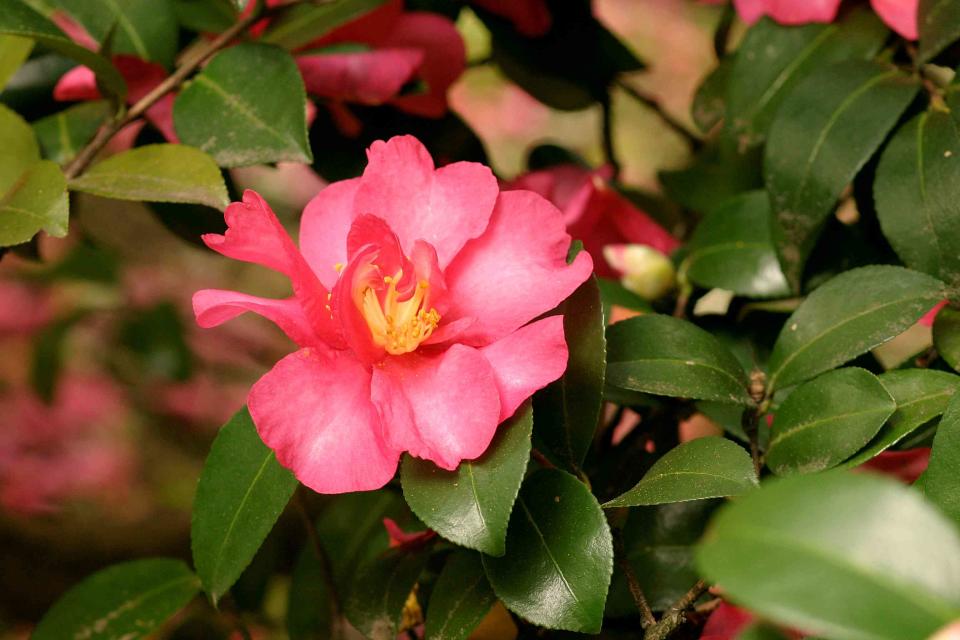
REDA&CO / Contributor / Getty
Creating a beautiful and thriving garden takes more than pretty plants and a shovel. Experienced gardeners rely on the Hardiness Zone plant information established by the USDA (United States Department of Agriculture). It is designed to identify which plants are most likely to thrive in a specific geographic area. The zones are determined by the average annual extreme minimum winter temperatures across the country and are broken into 10-degree increments. It is then further divided into 5-degree A and B designations.
While critical to gardening success, finding the right plants for your zone is simple. Almost all plant tags today include various growing information, including a plant’s optimal growing zone.
Texas USDA Zones And Geography
Most state climate designations range from two to three zones. As the second largest state in the United States, the Texas landscape includes four different USDA Zones. The state includes multiple geographic regions which can be dramatically different, including:
Gulf Coast
Chihuahuan Desert
South Texas Plains
Big Bend Mountains
Pineywoods
Hill Country
Gardeners in the northernmost part of the state who regularly experience snow and ice in winter cannot grow the sub-tropical plants enjoyed by gardeners along the Gulf Coast.
USDA Zone 6 In Texas
Zone 6b, in the northernmost part of the state around the cities of Amarillo, Canyon, and Hereford, averages almost 18 inches of snow annually. Winter temperatures can plummet as low as between -10°F to -5°F. Plants in this region are more commonly grown in states to the north of Texas. The tropical and sub-tropical plants of south Texas won’t survive these harsh winters.
Plant choices for this zone could include:
Crazy Pink™ Echinacea (Echinacea hybrid 'Adam Saul' )
Dark Blue Moody Blues™ Veronica (Veronica spicata 'Novaverblu')
Flirt™ Nandina (Nandina domestica 'Murasaki')
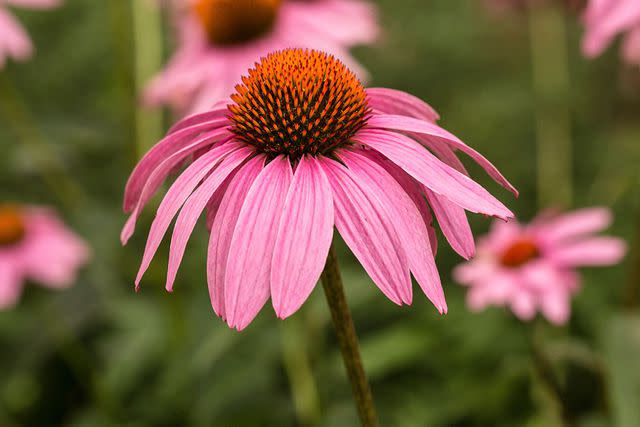
USDA Zone 7 In Texas
This zone covers a swath that spreads from the New Mexico border of west Texas to small sections of the eastern Oklahoma, Arkansas, and Louisiana borders. The growing season in this area is slightly longer, and lows here range from 0°F to 10°F.
Plant choices for Zone 7 could include:
Jubilation™ Gardenia (Gardenia jasminoides 'Leeone')
Heart Throb® Hydrangea (Hydrangea macrophylla ‘Hortmagitri’)
Bella Rouge™ Camellia (Camellia sasanqua 'TDN 1116' )
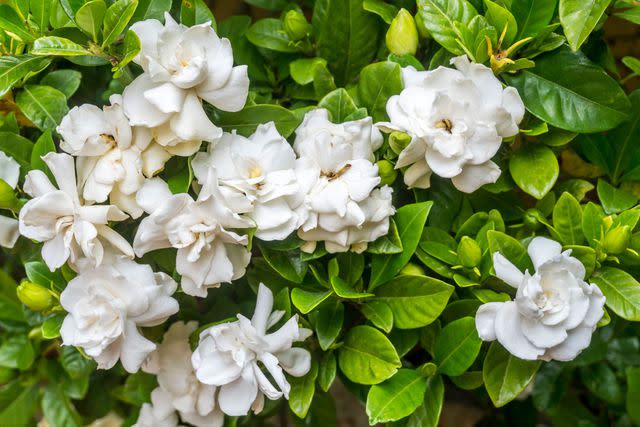
USDA Zone 8 In Texas
Encompassing the largest geographic zone of the state, 8a and 8b include the center of Texas. The El Paso to Dallas-Fort Worth area enjoys the benefits in 8a, while 8b covers the area from the Rio Grande through San Antonio and Austin to Nacogdoches and the eastern state line. Average low winter temperatures reach between 10°F to 20°F.
With relatively mild winters, ideal Zone 8 plants to try include:
‘Amistad’ Salvia (Salvia hybrid 'Amistad')
Carex EverColor® ‘Everillo’ (Carex oshimensis 'Everillo' )
Purple Daydream® Dwarf Loropetalum (Loropetalum chinense ‘PIILC-III’ )
‘Color Guard’ Yucca (Yucca filamentosa 'Color Guard')
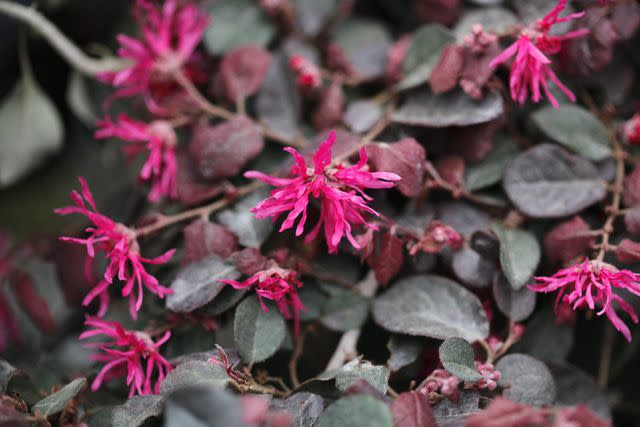
USDA Zone 9 In Texas
Zones 9a and 9b run along the southernmost tip of the state and the Gulf Coast. From Del Rio to Galveston and Beaumont. Temperatures in this zone are typically mild. Freezes are rare, with average winter lows in 9a between 20°F and 25°F and 9b between 25°F and 30°F. Citrus farms dot the landscape, growing heat-tolerant varieties shipped for sale across the United States.
These plants can take the heat in Zone 9 gardens:
‘Sunshine’ Ligustrum (Ligustrum sinense 'Sunshine')
Clarity Blue™ Dianella (Dianella hybrid ‘DP401’)
Canna Cannova® Orange Shades Lily (Canna hybrid ‘Orange Shades’)
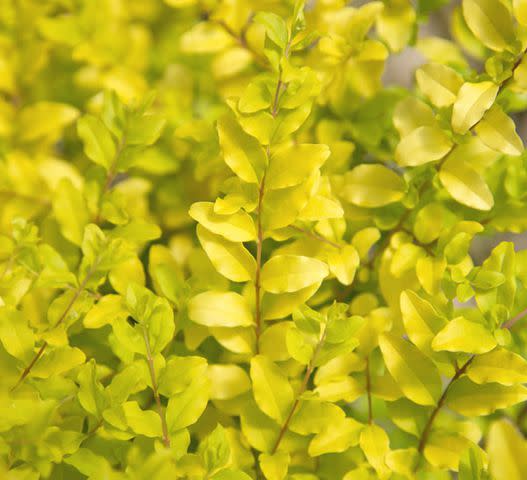
USDA Zone 10 In Texas
The hottest region, this zone has an extremely long growing season for heat- and drought-tolerant plants. With almost no winter to speak of, the average low temperatures range from 30°F to 40°F and allow for year-round gardening. Covering the very tip of the state, Brownsville is the primary city in Zone 10a.
Plant choices for this zone could include:
REALFLOR® Real Cream Leucanthemum (Leucanthemum superbum ‘L1405-16’)
Royal Hawaiian® ‘Waikiki’ Colocasia (Colocasia esculenta ‘Waikiki’)
‘Charlie Boy’ Cordyline (Cordyline australis 'Charlie Boy')
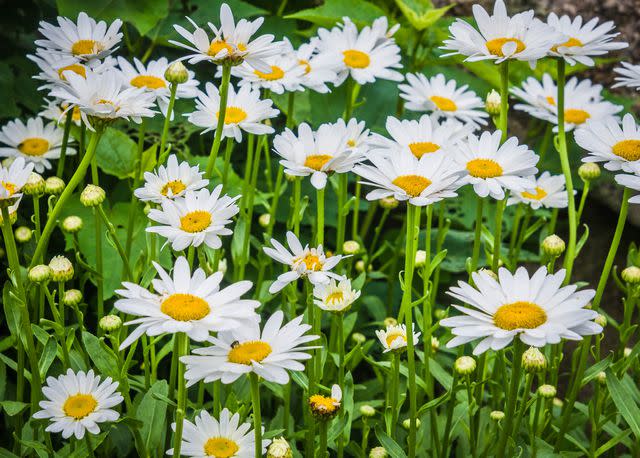
Getty Images/KenWiedemann
What Texas USDA Zones Mean For Gardeners
Gardening, while rewarding, also requires hard work. It’s important to know your specific growing zone to ensure the time you put into your garden has the greatest opportunity for success. Plant growth labeling and information is sometimes limited to “Texas,” making it difficult to identify which of the many Texas USDA Zones are appropriate growing locations. Knowing your specific zone can make the difference between losing less-hardy plants to winter freezes and preventing frying plants in the extreme heat of higher zones.
How To Use The Texas Zones Map
Once you’ve identified your zone, peruse magazines, catalogs, websites, and visit nurseries to learn which palette of plants will be happiest in your garden. Additional resources may include local extension services and public gardens.
You also may be able to expand your plant choices slightly beyond your zone if your property includes microclimates—areas at a different elevation or with more or less protection from the elements—resulting in slightly different temperatures and conditions within your property or general location. Monitoring your gardening experiences may demonstrate that you’re able to grow plants from slightly cooler or warmer zones.
Many other conditions are also part of the equation, such as soil type, water needs, and sunlight or shade requirements to name a few. Identifying these conditions in your garden will help you understand the right plant profiles for your landscape, or the changes necessary for various plants to thrive.
If your landscaping wish list includes plants that are not hardy in your zone, consider planting in containers that can be brought indoors during extreme winter.
For more Southern Living news, make sure to sign up for our newsletter!
Read the original article on Southern Living.

